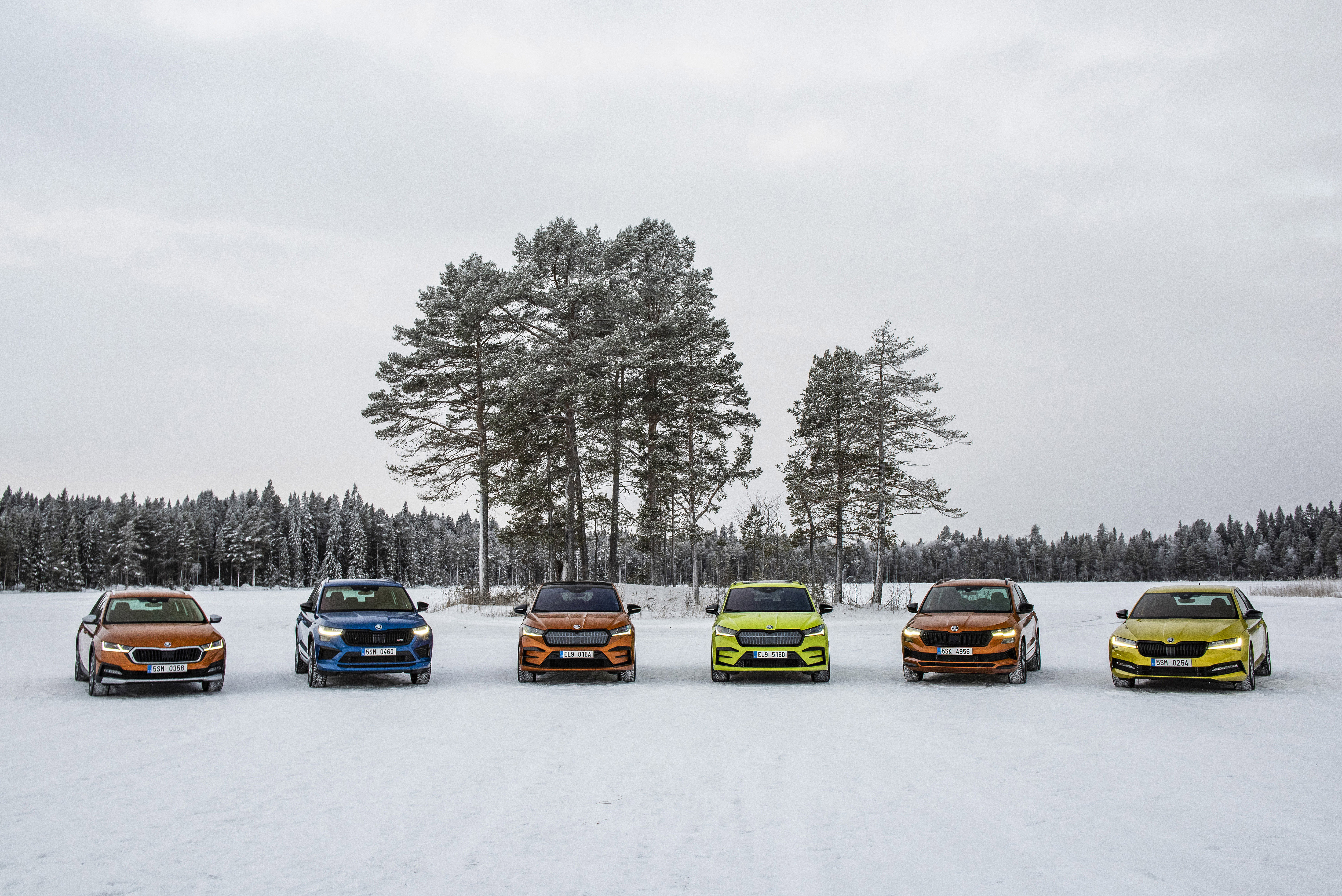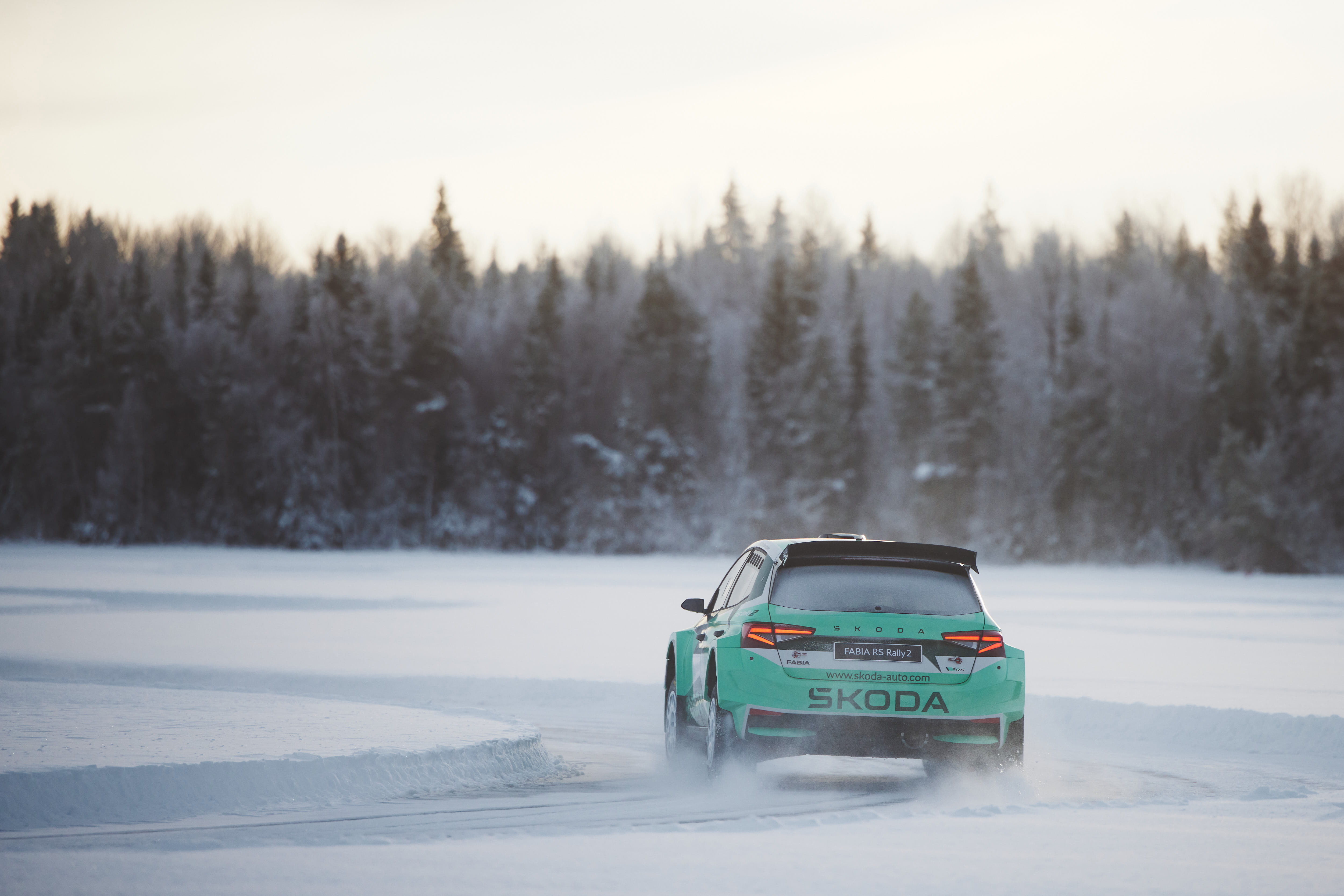The challenge of developing improved safety
In most cases, all-wheel drive is engaged automatically on Škoda cars. In some situations, though, the driver can also select a specific driving mode. The Karoq, Kodiaq, Octavia Scout and Superb Scout, for example, have an Off-road mode that is ideal for driving when you’re not on the tarmac. In addition to the response of the four-wheel drive itself, the shift characteristics of the automatic gearbox change (shifting at higher revs), as does the throttle response (these are less abrupt). Even the settings of the stabilisation and assistance systems change. The Kodiaq and Karoq models have an additional Snow mode, where all-wheel drive remains engaged all the time and the gearbox shifts at a lower speed than usual. The electric cars in the Enyaq iV family have a special Traction mode for driving on non-tarmac and slippery surfaces. All-wheel drive is again active from the moment you set off, remaining engaged up to a speed of 20 km/h.
 The Škoda Kodiaq RS makes easy work of icy surfaces.
The Škoda Kodiaq RS makes easy work of icy surfaces.
The aim of all-wheel drive is to ensure optimum traction in all circumstances, not least in winter weather when there’s snow or ice on the roads. In these situations, all-wheel drive means that each wheel of the car has to transmit less power to the road and can thus maintain traction for longer. Stable traction improves the car’s handling, which has a positive effect on the safety of passengers and other road users. As a result, the driver’s driving experience is improved even on completely dry roads. “A 4×4 provides a greater subjective sense of safety, which of course can lead to faster and riskier driving. But 4x4 is no guarantee of safety – it can’t defy physics, and drivers should remain vigilant and not overestimate either their or the car’s capabilities,” Hrdlička warns.

For the all-wheel drive system to work properly, it needs to be correctly calibrated. The primary task for the developers is to fine-tune the control electronics, but they also have to get the design and integration of the new components right. “What our adjustments focus on is the logic of the torque transfer response to the second axle. The development engineers have to think about the torque distribution for the front and rear axle when designing the software, and for cars with internal combustion engines, they have to address the rear clutch control for distributing the torque to each wheel of the axle. They also have to take into account the actual stress on the components of the entire system and their durability,” says Hrdlička, describing all the challenges faced.













































